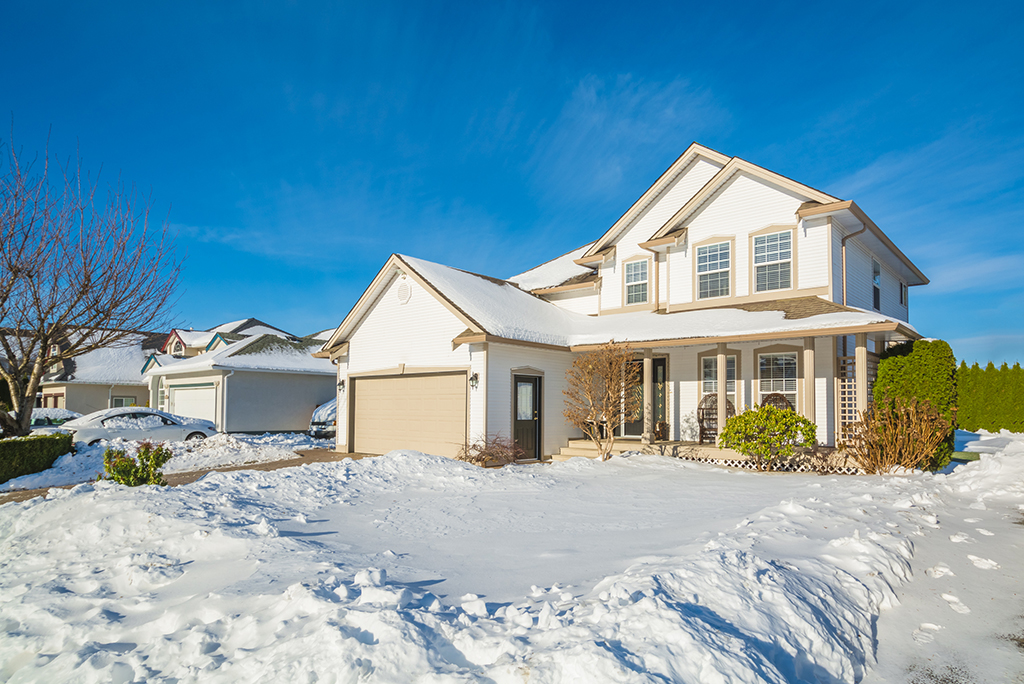Winter is the time to get cozy and curl up beneath a blanket with a hot beverage. But to enjoy winter and keep your home warm enough, you need to prepare your home properly for the season. Often, our efforts to keep our homes at an optimal temperature cost us more than it should, and we’re not even aware of it. Insufficient preparation for the winter could also lead to damaged pipes in the spring. Here’s a list of winterizing chores you need to do for some peace of mind this winter.
Winterize your water supply
If you live in a snowy area, this is a step that you should never skip. Start by turning off your external water supply and then draining the pipes. Insulate your interior water pipes to ensure that the water that runs through them won’t freeze over. If your home uses a water softener, you’ll need to insulate it too.
Insulate your home
Much of your expenses at any time of the year go to heating and cooling your home to your ideal temperature. But if you don’t insulate your home well enough, the heat your appliances worked so hard to generate will escape your home. As a result, you crank up the heating, which ends up costing you even more.
Caulk cracks. This is one of the easiest ways to keep heat from escaping. These small spaces are also opportunities for pests to enter your home as they seek warmth this season. Seal these holes and gaps with high-quality caulk.
Insulate the attic. This is one of the most effective ways to insulate your home because a lot of heat is lost to the attic. The best way to insulate your attic is to install blanket-type insulation. This is done by laying down sheets of vinyl or fiberglass on the attic floor to keep heat from escaping into the attic.
Insulate the windows and doors. There are different ways to do this. The first is to install glazed glass windows. These can be double- or triple-glazed. Glazed windows consist of two or three panes of glass separated by small gaps for air. These gaps are what helps keep the warmth from transferring to the window and the outside.
The second way is to install storm windows and doors. This is an excellent alternative to insulated windows. Storm installations act as a protective barrier for your exterior windows and doors so that they won’t get damaged by the weather. The best part is that these can be removed and stored in the spring.
If neither of these options is on the table or you want to add extra insulation to your home, you can also purchase insulated curtains. To seal gaps in your doorways, use draft stoppers and weatherstripping.
Install a smart thermostat
It might not seem like a necessary upgrade, but installing a smart thermostat can help you save on your heating and cooling expenses. It will also add real estate value to your home. A smart thermostat will allow you to program it any way you want. You can set it to change temperature according to the time of day or the temperature outside. It will also pair with your mobile devices so you can monitor and control it remotely.
Prep your lawn and outdoors
Your lawn is a living, breathing part of your home, so winterizing it is integral to its survival throughout the season. Lawn grass hits a dormancy stage when temperatures drop below 50 degrees Fahrenheit, so at that point, you no longer need to mow. You’ll also want to fertilize your lawn to ensure that it still grows come springtime.
If you have any outdoor furniture, make sure to cover them or transfer them to your shed or garage for the season.
Let yourself enjoy the winter season by preparing for it well. Winterizing your fixtures and insulating your home properly will not only ensure you a warm and cozy winter, but it will also keep your heating and cooling bills from skyrocketing.

